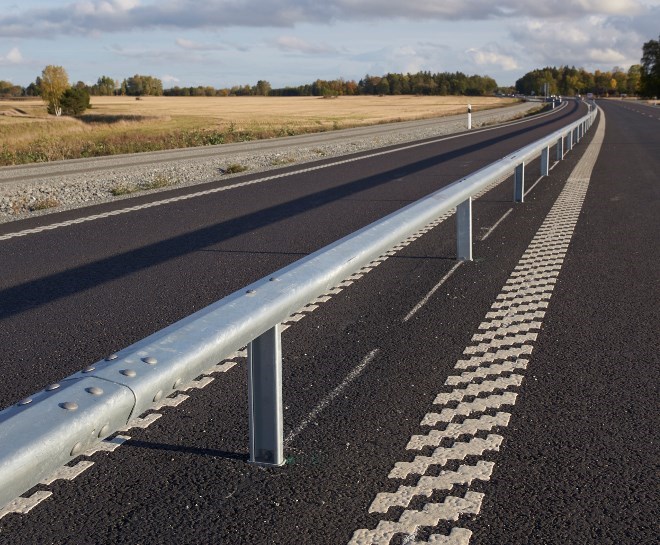The call from Temiskaming Shores and other Highway 11 communities for the province to adopt the 2+1 highway model is gaining some traction with the Ford government leading into the 2022 election.
Transportation Minister Caroline Mulroney announced Dec. 14 that they've selected two sites along Highway 11 to try the Swedish-born highway safety model that's been replicated by other countries in Europe. It's had a dramatic impact in reducing head-on collisions and highway deaths.
A 2+1 highway is a three-lane highway with a centre passing lane that changes directions approximately every two to five kilometres, separated by a barrier.
One selected location is a 14-kilometre stretch from Sand Dam Road, north of North Bay, to Ellesmere Road in the Marten River area.
The second spot on Highway 11 is from Highway 64 to Jumping Cariboo Lake Road, a length of 16 kilometres, in the Temagami area.
People can comment on the proposed 2+1 pilot locations to the Ministry of Transportation’s Technical Consultation Portal until Jan. 11, 2022.
Comments will be evaluated and the final 2+2 pilot locations advancing to the preliminary design stage will be announced in the new year.
The province said this will be the first 2+1 pilot in North America.
The MTO has maintained for years that Highway 11, north of North Bay, does not have the volume of traffic to warrant a four-lane highway. However, Highway 11's frequent use by long-haul truckers as the main cross-Canada route and an increase in accidents and deaths from a combination of unsafe passing, inexperienced professional drivers and bad road conditions, has led to the communities' collective call for the adoption of the 2+1 model.
"The Going the Extra Mile for Safety (GEMS) committee worked tirelessly to bring solutions to the table and continued to work closely with the Ontario government to prove that a 2+1 road system was a viable alternative," said highway advocate Helene Culhane, chair of Going the Extra Mile for Safety, a committee of the Temiskaming and Area Chamber of Commerce.
Mulroney said the government heard "resounding calls" from people in the communities to move this project along. Identifying pilot locations to consider further is a big step forward, she said.
“This pilot project along Highway 11 will help address some of the unique transportation challenges experienced by remote communities, including First Nation communities, and will play an important part in strengthening economic growth and job creation in the North," said Nipissing MPP Vic Fedeli, the Economic Development, Job Creation and Trade Minister.
The government said the pilot locations were selected based on a site selection criteria report that was posted for comment on the Ministry of Transportation’s Technical Consultation Portal last September with input from the 2+1 Advancement Working Group, which includes representation from the Going the Extra Mile for Safety group.
Recently, Mushkegowuk-James Bay MPP Guy Bourgouin announced he's reintroducing a private member's bill to make winter driving safer on Highway 11 and 17 by legislating that roads be cleared within eight hours of a snowfall. It would require classifying the northern highways the same as the 400 series highways, where there are strict snow removal requirements. The next step, said Bourgouin, would be a 2+1 highway system in the north.



